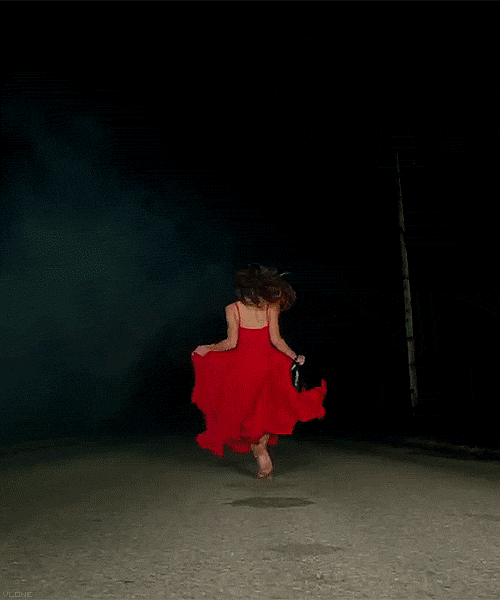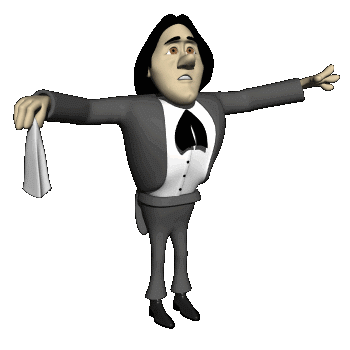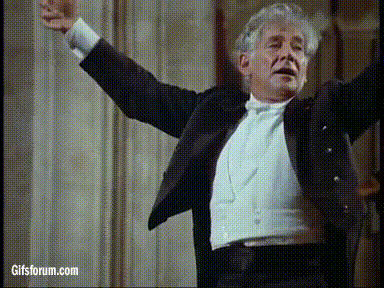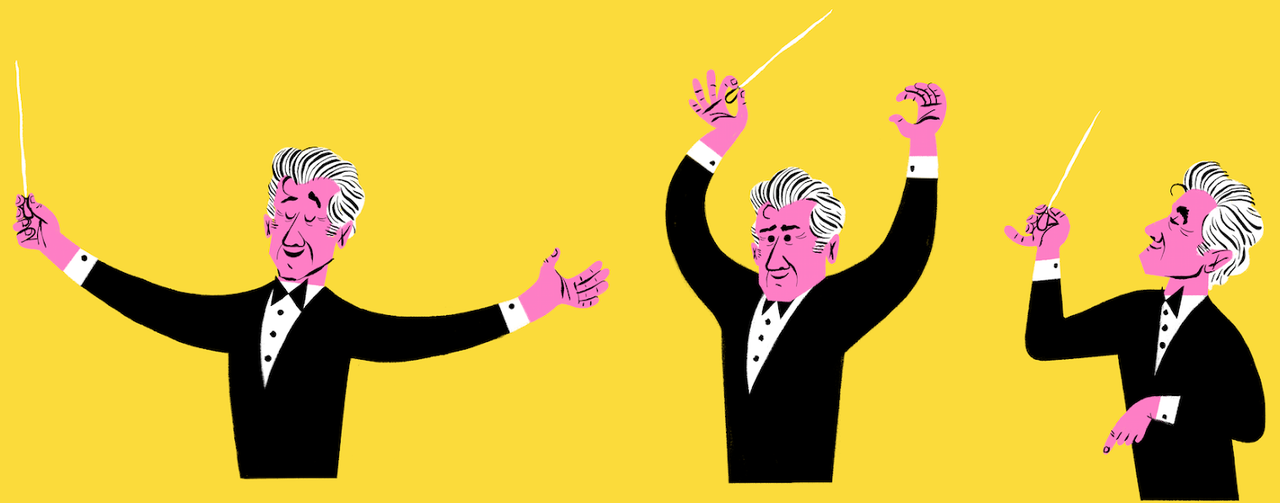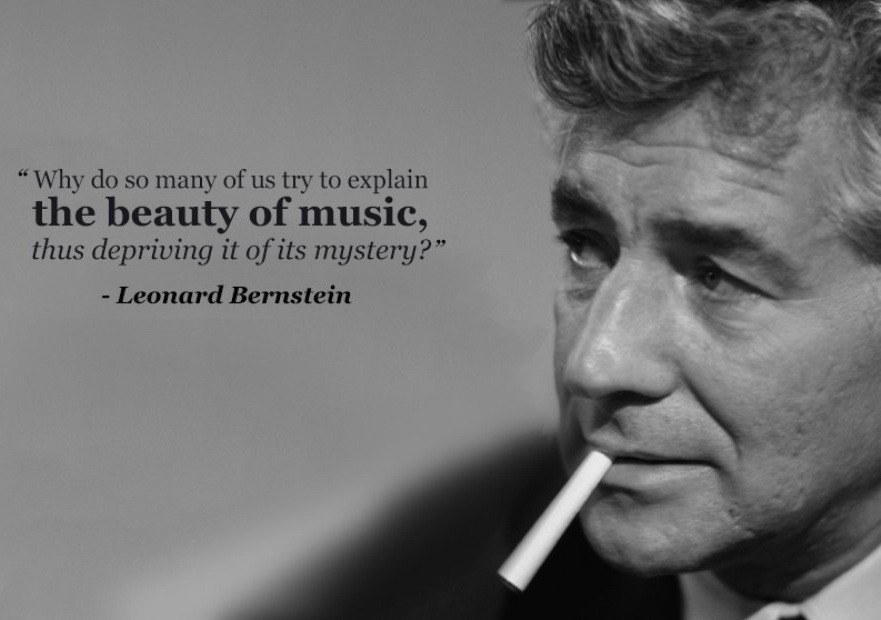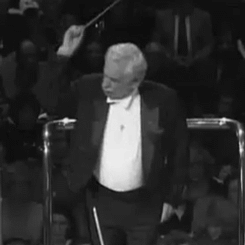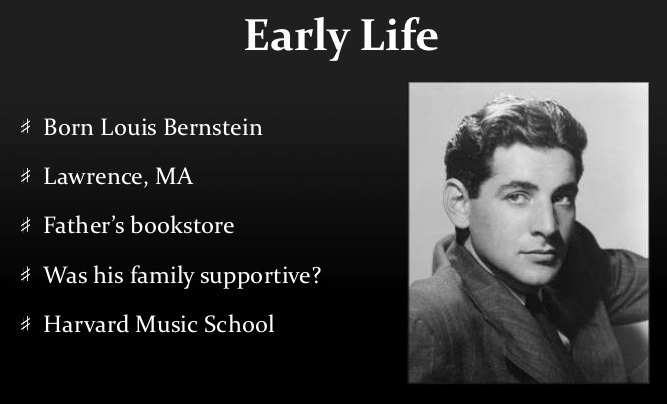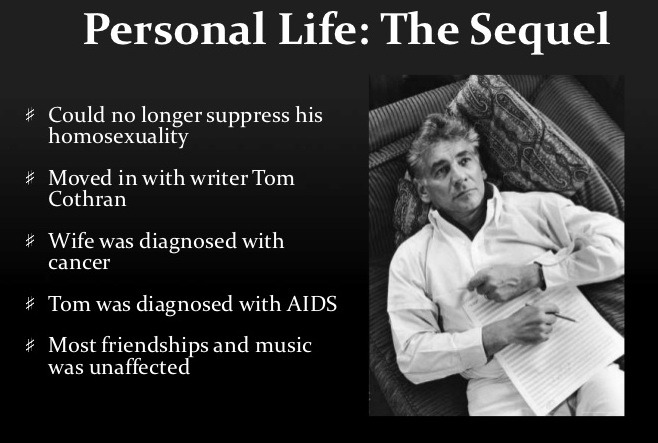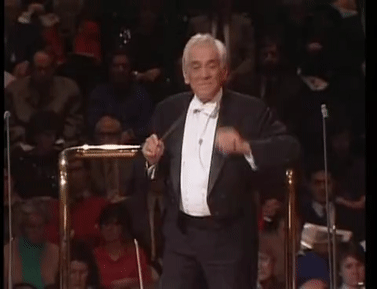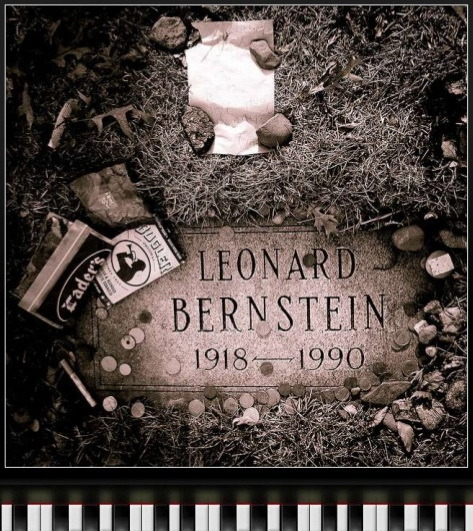Paul Taylor Dies at 88
Brought Poetry and Lyricism to Modern Dance
Taylor kept working well into his 80s, choreographing two new pieces a year, and 147 in all.
Mr. Taylor’s poignant and exuberant works entered the repertory of numerous dance companies. His own company has been one of the world’s superlative troupes.
Paul
Taylor, who brought a lyrical musicality, capacity for joy and wide
poetic imagination to modern dance over six decades as one of its
greatest choreographers, died on Wednesday in a Manhattan hospital. He
was 88.
The cause was renal failure, said Lisa Labrado, a spokeswoman for the Paul Taylor Dance Company.
Mr.
Taylor, whose highly diverse style was born in radical experimentalism
in the 1950s, created poignant and exuberant works that entered the
repertory of numerous dance companies. His own company, eloquent and
athletic, has been one of the world’s superlative troupes.
Paul Taylor Dance Company - Company B
Company B juxtaposes the exuberance of Americans post-Depression, as heard in the pop songs of the Andrews Sisters, with the tragedy of men who never returned from World War II.
Paul Taylor Dance Company - Company B from Royal Winnipeg Ballet on Vimeo.
Company B juxtaposes the exuberance of Americans post-Depression, as heard in the pop songs of the Andrews Sisters, with the tragedy of men who never returned from World War II.
Paul Taylor Dance Company - Company B from Royal Winnipeg Ballet on Vimeo.
As
a strikingly gifted dancer in his 20s, Mr. Taylor created roles for the
master choreographers Merce Cunningham, Martha Graham and George
Balanchine. He had piercing blue eyes, the power and musculature of a
skilled athlete and an incisive, outgoing — but also elusive —
personality.
Throughout the 1950s, he also made dances of his own
— 18 of them with Robert Rauschenberg as his designer, two with music
commissioned from John Cage. In 1960, he began to collaborate with the
painter Alex Katz; though they worked together only from time to time,
they continued to do so until 2014, and made two of Mr. Taylor’s most
exceptional works, the highly dissimilar “Sunset” (1983) and “Last Look”
(1985).
With the premieres of “Aureole”
(1962, to music of Handel) and “Orbs” (1966, to Beethoven), Mr. Taylor
broke through to new levels of national and international popularity as
other companies started presenting many of his creations. At his own
company, Rudolf Nureyev was often a guest star, as well as dancing “Aureole” around the world.
Mr. Taylor’s company included many illustrious performers, including Pina Bausch and Twyla Tharp, who themselves subsequently became world-class choreographers.

When
he retired from dancing in 1974, both his dancers and his new creations
became even more magnetic draws for audiences. New York’s annual Taylor
season, usually occupying a large theater (for decades City Center
Theater, since 2011 the David H. Koch Theater at Lincoln Center) became
one of the glories of world dance. Lincoln Kirstein, the eminent patron
of the arts (and writer about them) who loved to complain that modern
dance was governed by the cult of idiosyncrasy, made an exception for
Mr. Taylor.
Mr. Taylor’s “Esplanade”
(1975) was recognized immediately as an irresistible and transporting
masterpiece. Set to the music of Bach, it explored pedestrian movement
(walking, running, standing, skidding, falling) and encompassed both
dark and bright emotions in a miraculous flow.
A
large number of the other dances he made between 1975 and 1985 also
became classics. Several later works, too, up to at least 2008 (“Beloved Renegade,” for example), showed the Taylor imagination in full power.
In 2014, after 60 years of choreography, Mr. Taylor, who leaves no immediate survivors, prepared for his company’s next phase: He turned its three-week New York seasons into a new entity, Paul Taylor American Modern Dance (originally Paul Taylor’s American Modern Dance).
His dancers now performed works old and new by other dance makers,
older and younger than him, from Martha Graham to Doug Elkins. Other
troupes appeared as guests under the Taylor Modern Dance aegis,
performing choreography by Merce Cunningham, Donald McKayle and Trisha
Brown. (The Paul Taylor Dance Company continued to perform his work under its old name on United States and international tours.)
In May, Mr. Taylor named Michael Novak, a company member, as the troupe’s artistic director-designate.
Paul
Belville Taylor Jr. was born on July 29, 1930, in Wilkinsburg, Pa., and
grew up in the Washington area. His father, a physicist who worked for
the federal government, was of French Huguenot descent; his mother,
Elizabeth Rust Pendleton, came from a genteel Virginia family. She was a
widow with three children when she met and married Paul Taylor Sr., who
was rooming in her home.
Mr.
Taylor’s parents separated before he turned 4. “It became clear that my
father had become overly attracted to her elder son,” Mr. Taylor wrote
in his autobiography, “Private Domain,” published in 1987.
Mrs.
Taylor supported her children by managing a restaurant in a Washington
hotel. Paul, whose half siblings remained part of his life, grew up with
a love of literature and art and a hefty penchant for fantasy. Taylor
scholars have encountered many tales in which his version of the facts
diverges from the provable record. He liked nonetheless to insist that
his account was the historic truth.
According to his memoir, it was in childhood that he invented an imaginary companion or alter ego named George Tacet.
In later years, he named Tacet as the designer of several of his most
celebrated dances — notably “Aureole” and “Runes” (1975).
At
Syracuse University, he joined the swimming team on a scholarship.
Athleticism became something he was later to champion in dance: Many of
his male dancers had powerful musculatures, while many of his female
dancers displayed lissomeness, force and boldness.
He studied art at Syracuse and would later give divergent accounts of how and when dance entered his life. But it was certainly during his Syracuse years that he came to recognize it as a central mission
Dance Beginnings
He
pursued dance studies in the summer of 1952 at the American Dance
Festival at Connecticut College, where Martha Graham became an oracular
presence in his life. He followed this by studying at the Juilliard
School in New York in the 1952-53 academic year.
He caught a golden era at Juilliard, where his eminent teachers included the composer and dance theorist Louis Horst, the modern-dance choreographers Doris Humphrey and José Limón, and the ballet teachers Antony Tudor, Margaret Craske and Alfredo Corvino.
In 1953, he became a founding member of the Merce Cunningham Dance Company at Black Mountain College; he created a role in Cunningham’s “Septet,”
a dance still performed today. But Cunningham was in the early stages
of using chance procedures to compose a dance, and Mr. Taylor later
wrote that chance excluded him from dancing once too often for him to
hang around much longer.
Image


Though
he did not remain in the Cunningham company long, he spent the next
several years in its orbit while he began to choreograph professionally.
In 1954, at the Stable Gallery, he met Cunningham’s longtime designer, Robert Rauschenberg, who would make costumes or sets for 18 dances created by Mr. Taylor between 1954 and 1958, as well as a final one in 1962.
One of these, “The Tower” (1957), with décor by Rauschenberg, had costumes by Jasper Johns, who was then living with Rauschenberg. In 1958, when Cunningham made “Summerspace,”
one of his enduring classics, Rauschenberg designed superlative
costumes and décor in impressionist-pointillist style. Some of the paint
work was contributed by Mr. Johns, and some by Mr. Taylor.
On
October 20, 1957, Mr. Taylor presented the most radical offering of his
early career, “Seven New Dances.” Two of the seven, “Resemblance” and
“Duet,” set to Cage’s music, had choreography akin to the composer’s
1950s departures from conventional music — using radical stillness and
ordinary pedestrian movement. Mr. Taylor later recalled audience members
walking out. Louis Horst, his former Juilliard teacher, wrote a review
of the work in the magazine Dance Observerwith a single blank space in
lieu of words.
These choreographic
experiments nonetheless developed Mr. Taylor’s interest in ordinary
gesture and non-virtuoso motion. Henceforth, however, he grew more
interested in keeping audiences in their seats.
Mr.
Taylor had joined the Martha Graham Dance Company in 1955; he remained
there for seven years. (“Naughty boy,” she remarked of some of his own
choreography; he later reported those words with pride.) “Clytemnestra”
(1958) was the most famous dance Graham created during his time with
her troupe; it was also the blockbuster of the long period in which she
revisited Greek myth by way of psychology and feminist affirmation. She
played the title role; Taylor was Aegisthus, her evil lover and second
husband.
He later wrote, however,
that Graham’s work had become artificial by the time he joined her
company. The Graham works that he felt were most sincere, deep-hewn and
potent were ones that came from the 1930s and early ’40s, such as “El Penitente.”
Perhaps
the most valuable element that Mr. Taylor took from Graham was her
modernist dance technique, with the forceful expressive tension that it
forged between torso and legs. In her work, the body was often
excitingly at war with itself. In his work, that tension would be
translated into a vehemently lyrical current.
Image


In
1959, Graham and Balanchine, then the two most celebrated
choreographers working in America, came together to create the two-part
“Episodes,” to music by Webern. Each made one half. Graham’s was a drama
about the hostility between Mary Stuart and Elizabeth Tudor; Balanchine’s was a suite of plotless dances.
The
two choreographers agreed to take one dancer from each other’s company.
So from Balanchine’s New York City Ballet, Graham chose Sallie Wilson,
who danced Elizabeth I to her own Mary Stuart. Balanchine chose Mr.
Taylor, for whom he made an explosively knotty solo.
Mr.
Taylor now spent time watching City Ballet closely. Balanchine invited
him to dance the title role in his 1928 masterpiece, “Apollo.” Mr.
Taylor declined this remarkable offer, but it seems likely that
Balanchine’s choices of classical music and his fluent response to it
influenced the big move that Mr. Taylor made in 1962 with “Aureole.”
Formation of a Company
Mr.
Taylor was already gathering some remarkable dancers around him,
including Pina Bausch (a company member from 1960 to 1962) and Twyla
Tharp (1963-65). The tall, long-limbed, dramatic Bettie de Jong joined in 1962, later becoming the company’s main rehearsal director. She never left. Like her, Dan Wagoner and Carolyn Adams (1965-82)
were beloved Taylor figures. The lighting designer Jennifer Tipton
began working with Mr. Taylor in 1963; her most recent design was in
2013.
Mr. Taylor in 1961 had made
dances to Bach (“Junction”) and Schoenberg (“Fibers”). But his use of
Handel in “Aureole” displayed a quality of powerfully rhythmic melody
and charming blitheness that were departures from the largely
tough-grained ethos of modern dance. It caught the “Camelot” moment of happiness and hope in John F. Kennedy’s America.
Some
of Mr. Taylor’s old artistic colleagues, however, felt that he was
courting popularity and compromising his former standards. Cage,
Cunningham and Rauschenberg never worked with him again; neither did Mr.
Johns. Mr. Taylor made barbed remarks about Cage’s music as late as
2009, though Cage had died in 1992.
Mr.
Taylor’s growing status in the dance world only kindled his singular
imagination; his works grew even bolder and more authoritative. In
“Orbs,” he coupled human life and the course of the planets.
Four central sections were called “Venusian Spring,” “Martian Summer,”
“Terrestrial Autumn” and “Plutonian Winter.” “Big Bertha” (1970), set to
music from the St. Louis Melody Museum collection of band machines,
showed a fairground machine of initially comic appearance but eventually
lethal effect: It drives a family into incestuous rape and murder.
Image


Mr.
Taylor’s range of musical choices likewise grew: from the 17th century
to commissions, from Haydn to the popular music of yesteryear. The
breadth and depth of his reading also became apparent. It was not
unusual for the program notes for his works to feature literary
quotations from the Bible, Dante, Shakespeare, Herrick, Spinoza, Blake,
Whitman, Yeats, Neruda and other sources. The title of the dance “Of
Bright & Blue Birds & the Gala Sun” is from Wallace Stevens. “To Make Crops Grow” (2012) was a dramatization of Shirley Jackson’s story “The Lottery.”
Mr. Taylor himself emerged as a skilled writer. Many consider “Private Domain”
their favorite dance book. It is rich in acute intelligence about dance
(“Dance is only a symbol, not the real thing,” he wrote about the
importance of order), pungent observations (Bausch, he wrote, danced
“like calipers across paper”) and memorable narrations of the serious
and absurd moments of Mr. Taylor’s life.
The
memoir reaches its most despairing moment with the injury that
curtailed Mr. Taylor’s career, in 1974. This makes a curious end to the
Taylor autobiography, for it implies that he — like many modern-dance
creators — was bound up with making dance vehicles for himself. Yet by
the time he published “Private Domain” in 1987, Mr. Taylor had proved
the opposite. In the 11 years that followed his withdrawal from the
stage (1975-85), he created an exceptional number of enduring classics.
It
is often hard to believe that “Esplanade,” Mr. Taylor’s most widely
beloved dance, contains no formal dance step. Its dancers walk, stop,
run, skip, sit, jump, fall, embrace and gesture. Everything is very
precisely choreographed; patterns predominate. Yet the impetus
underlying it is powerful; its moods combine joy and grief, heartbreak
and exuberance, memory and impulsiveness; and its spontaneity is often
astounding.
With such masterworks,
the annual Taylor season became one of the highlights of the New York
dance year. Few if any companies devoted to the work of one sole
choreographer ever matched that of his.
Masterworks Abound
The
years 1975 to 1986 showed Mr. Taylor widening his range to a
bewildering and dazzling extent. The dense series of classic works from
that time have all remained in repertory, most of them also acquired by
other companies — and each is extraordinary in a different way. They
include “Runes,” “Cloven Kingdom” and “Polaris” (1976), “Images” and
“Dust” (1977), “Airs (1978), “Le Sacre du Printemps (the Rehearsal)”
(1980), “Arden Court” (1981), “Mercuric Tidings” (1982), “Sunset”
(1983), “Byzantium” (1984), “Roses” and “Last Look” (1985), and “A
Musical Offering” (1986). In these years, he was deepening his skill in
making classical constructions of pure dance, in blending comedy with
darkness, and in showing the complexity of his imagination.
An
example of that complexity is “Cloven Kingdom” (1976), in which Mr.
Taylor used sometimes overlapping scores from three different composers,
the Baroque Arcangelo Corelli and the American modernists Henry Cowell
and Malloy Miller. His dancers here seemed alternately, then
simultaneously, civilized and animal, following different drummers,
sometimes as if to music unheard. The result shows how contrasting
facets of humanity (celestial, bestial, civilized) coexist.
Image


“Le
Sacre du Printemps (the Rehearsal)” combined, with absurd logic and
tragicomic intensity, the stories of a ballet company rehearsing with a
private detective hunting for a lost baby. As so often with Mr. Taylor,
the concept seems bizarre; as so often with Mr. Taylor, the stage
creation has such a complete inner life that it triumphs.
“Sunset,”
with designs by Alex Katz, was immediately recognized as among the
great dance works of its day. Set to music by Elgar, sometimes
alternating with the call of loons, it depicts a number of soldiers on
leave with the women they visit and who care for them. The mood is
elegiac. One man appears to die; his funeral is suggested. The highly
ambiguous drama that develops demonstrates the poignancy of men who have
more in common with one another than with their women, and for whom
self-expression is difficult.
More
movingly yet, “Sunset” also develops a quasi-tragic depth of feeling,
with men and women trying to bridge the gap between them. For many, this
equals “Esplanade” as Mr. Taylor’s greatest work; it is also one of
several creations that qualify him as one of the superlative war poets.
One
of the skills he now increasingly evinced was in evoking different
historic periods. “Runes” suggests tribal ritual; “Images” (to Debussy)
suggests Minoan culture; the policemen of “Le Sacre” are Keystone Kops. “A Musical Offering”
is a close response to Bach’s highly European masterpiece of that name,
and yet, with wonderful defiance of cultural logic, its movement is all
neo-primitivist, evoking Polynesian or Aztec imagery.
The Taylor company of the 1980s was dominated by the lovably heroic Christopher Gillis,
who joined in 1976, and by such female paragons as Susan McGuire, Cathy
McCann and, especially, Kate Johnson. Guest dancers included Mikhail
Baryshnikov, Suzanne Farrell and Peter Martins; other guests were Gwen
Verdon, Adolph Green, Betty Comden and Hermione Gingold.
The
composer and conductor Donald York became part of the Taylor operation
in 1976: He composed new scores (his most recent was “House of Joy” in
2012), arranged others and conducted entire seasons. The master designer
Santo Loquasto first worked with Mr. Taylor in 1987; the most recent of
his many contributions was in 2017.
After
1986, there were diminutions and depletions. Mr. Gillis died of AIDS in
1993. Mr. Taylor began to use taped music for most seasons between 1991
and 2013. His success rate grew more intermittent, and a few works
looked at best half-baked. Later, he sold four works owned by Rauschenberg that he had long owed so he could afford to bring live music back.
But
many later Taylor dances become beloved, too, “Company B” (1992),
“Eventide” and “Piazzolla Caldera” (1997), “Promethean Fire” (2002) and
“Beloved Renegade” (2008) were among the classics made by Mr. Taylor
after he turned 60.
Mr. Taylor’s
dances contained, like tributaries into the mainstream, the influence of
many senior choreographic currents. He in turn fed the delta of
multiple junior streams. A number of works by the younger choreographer
Mark Morris — more musically analytical than Mr. Taylor — contained
overt Taylor quotations; there can be no greater homage.
Edward
Villella, the celebrated former principal of New York City Ballet and
founding artistic director of Miami City Ballet, remembered Mr. Taylor
in a phone interview on Thursday. “When he danced the solo that
Balanchine made on him in ‘Episodes’ in 1959, I was just stunned,” Mr.
Villella said.
Mr.
Villella later acquired several of Mr. Taylor’s dances for Miami City
Ballet. “Paul was something of a recluse,” he recalled, “and yet he came
down to Miami to work with our dancers, helping them to find a more
weighted kind of movement.
“We were
especially privileged when he let us dance his ‘Promethean Fire,’ his
response to 9/11 — an amazing work. And he was so funny; we knew his
love of poetry, but he also loved sharing and collecting dirty jokes.”
To
the end, Mr. Taylor stayed unpredictable and irreverent — sometimes
lashing out at the use of pointwork in ballet, once writing venomously
to a number of critics, often wicked about artists dead and alive. His
collection of moths, butterflies and other insects was famous.
Aside from his memoir, Mr. Taylor had at least one work that could be interpreted as autobiography: “Beloved Renegade,” which shows his contradictory originality in full flower.
Why
is a dance set to Poulenc’s “Gloria” linked in the program to a number
of quotations from Walt Whitman? The only answer lies in the theatrical
beauty of Mr. Taylor’s dance creation. “Beloved Renegade”
became a work of great emotion for many — and was reportedly so for Mr.
Taylor during its creation, with its intimations of immortality: The
artist’s muse is also his angel of death.
Related Coverage














